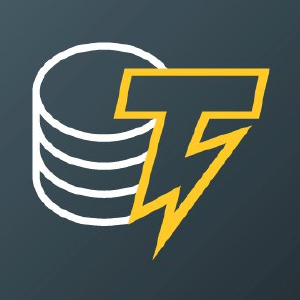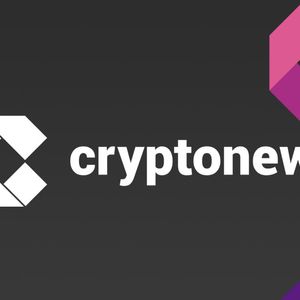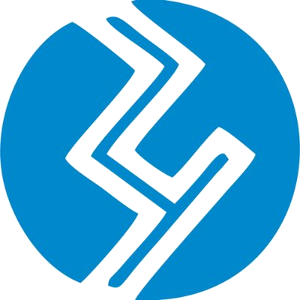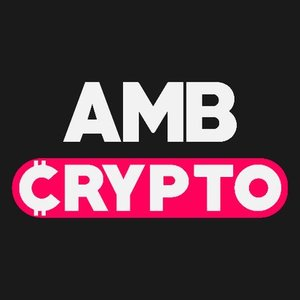A new research report from Cryptopolitan reveals Web3 is shifting toward modular architectures. It is moving away from monolithic blockchains such as Solana and pre-rollup Ethereum. The study, available under Cryptopolitan’s Reports section highlights a wave of developer interest and rising adoption of rollups as key signals of this transition. According to the new report from Cryptopolitan, modular chains better reflect the core values of Web3. They emphasize decentralization, specialization, and open innovation. In monolithic architectures, blockchain functions like consensus, data availability, execution, and settlement are tightly integrated and performed on the same layer. Modular blockchains decouple these components, distributing responsibilities across different layers or systems for improved performance and flexibility. More rollups are live on public testnets Monolithic blockchains operate with all core functions—execution, consensus, and data availability—tightly interconnected. This design means issues in one layer, like execution errors or heavy transaction loads, can directly impact the entire system, even disrupting consensus. In fact, network congestion in monolithic systems has triggered multiple system-wide failures. Ideally, the monolithic design’s improvements in scalability often mean a weakening of security. Modular architecture overcomes this limitation by decoupling execution from consensus, enabling both to scale independently while preserving robust security. Fragmentation can weaken network cohesion and liquidity, yet modular architectures support faster innovation, tailored functionality, and horizontal scalability. Modular architecture also allows data availability, settlement, and execution to develop independently and in parallel. Moreover, shared settlement layers provide a secure foundation for cross-layer interaction, allowing diverse applications to work together across execution layers, and richer composability and safer multi-chain coordination. The modular shift is still in its early days, but momentum is growing. By 2026, we’ll likely see a surge in rollup acquisitions, ecosystem-level coordination, and the standardization of tooling. Data availability layers such as Celestia and Avail are expected to take the lead as the go-to choice for developers. In contrast, execution layers are expected to evolve into highly specialized, niche solutions. The report notes that over 40 rollups are either live in production or available on public testnets. L2 development is also up 230% YoY, with Optimism, Arbitrum, and Base driving the most GitHub activity. Developer interest in modular blockchain tools is on the rise. Since going live in late 2023, Celestia has seen accelerating adoption, with its DA layer integrated by over 25 modular chains in early-stage rollouts and testnets. Modular infrastructure projects have collectively raised more than $400 million since 2022. Some notable funding rounds include Eclipse with $50 million, Avail with $27 million, and Dymension with $6.7 million. Cosmos SDK also experienced a 13% increase in monthly active developers year-over-year. Additionally, Celestia-based rollups drew in more than 100 developers in Q1 2025. Furthermore, since late last year, Celestia, Rollkit, and Avail saw GitHub activity jump by over 50%. Ethereum blockchain shifts to a modular architecture The Ethereum blockchain took up rollups, becoming the network’s official transition from monolithic to modular architecture. In September 2022, Ethereum upgraded “The Merge” to help the Layer 2 network scale the Layer 1 network better, shifting from a Proof-of-Work to a Proof-of-Stake system. Ethereum now has daily transactions up to 11 million, up from 1 million on L1 a year prior. End users are also seeing over 99% lower transaction costs, and the network is achieving higher throughput without compromising the foundational security of Layer 1. Additionally, the Ethereum rollups are tailored to suit different use cases, including DeFi, gaming, or identity, which in turn drives ecosystem diversity and spurs innovation. The rollups also communicate simply because their formats are standardized, as blobs, and there is a common security layer in Ethereum. Off-chain, they process thousands of transactions a second: they leverage the security of Ethereum by settling on-chain periodically. ZK-rollups achieve similar scalability via cryptographic proofs that offer instantaneous finality. Both methods deliver over 100x throughput improvements without compromising the security of their underlying settlement layers. As rollups are gaining traction, some experts are developing more hybrid blockchains that incorporate the key elements of both monolithic and modular architectures. Hybrid models aim to strike a balance—preserving the simplicity of monolithic systems while embedding modular elements that enable greater scalability and flexibility. Cryptopolitan Academy: Coming Soon - A New Way to Earn Passive Income with DeFi in 2025. Learn More














